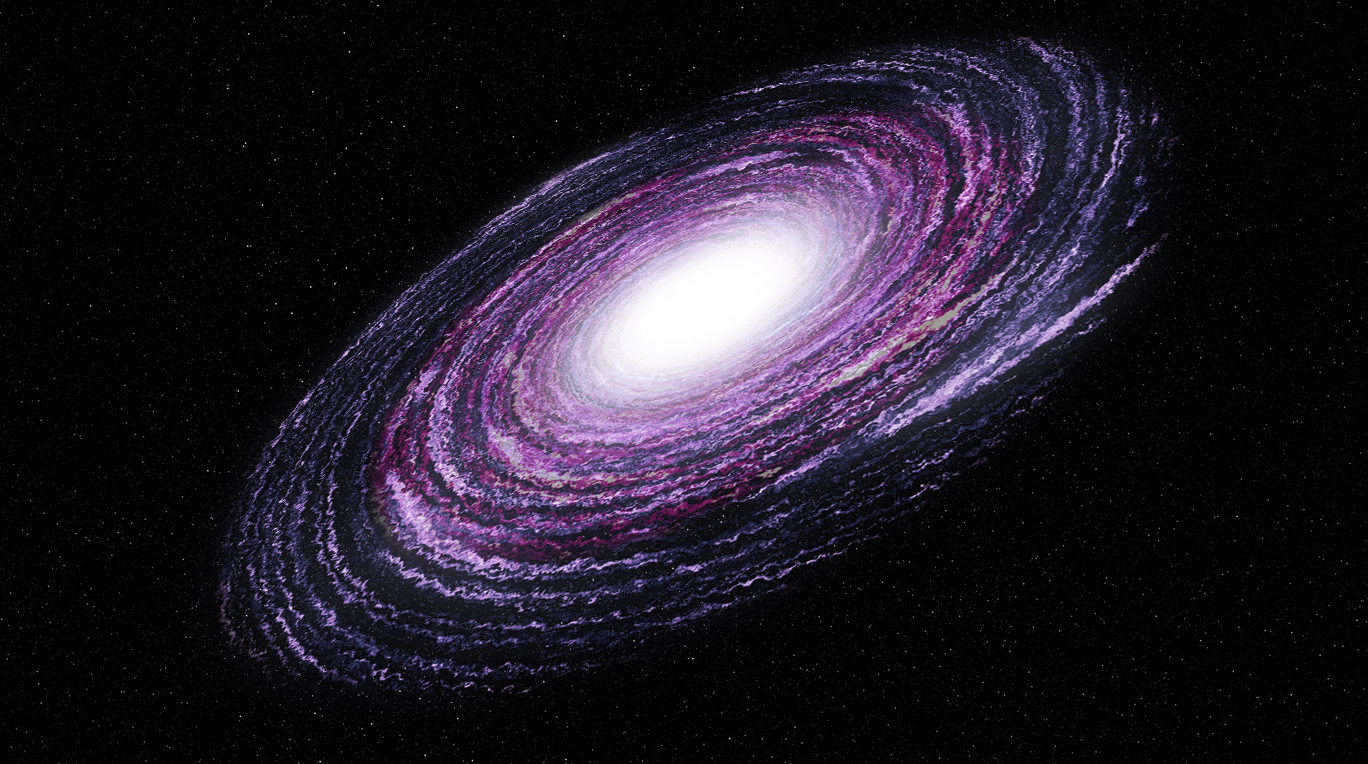 How life began is arguably one of the most intriguing questions of our time.
The formation of complex organic molecules from simpler inorganic molecules through chemical reactions in
the oceans during the early history of the Earth; the first step in the development of life on this planet. The period of chemical
evolution lasted less than a billion years.
How life began is arguably one of the most intriguing questions of our time.
The formation of complex organic molecules from simpler inorganic molecules through chemical reactions in
the oceans during the early history of the Earth; the first step in the development of life on this planet. The period of chemical
evolution lasted less than a billion years.
The formation of complex organic molecules from simpler inorganic molecules through chemical reactions in the oceans during the early history of the Earth; the first step in the development of life on this planet. The period of chemical evolution lasted less than a billion years.
The atmosphere on early Earth was strikingly different from that of today. Primitive Earth&'s atmosphere consisted of methane, ammonia, hydrogen, water vapor, and only a negligible amount of free oxygen. This is a very important point because with a lot of free oxygen available, life probably could not have arisen from inorganic compounds. This is because oxygen tends to oxidize substances, which means that electrons are removed. Importantly, the early atmosphere was actually highly reductive (capable of gaining electrons and forming more complex molecules).
The sequential steps involved in Chemical evolution are:
- Nucleosynthesis, the creation of chemical elements in the universe.
- Abiogenesis, the transition from non living elements to living systems.
- Molecular evolution, evolution at the scale of molecules.
- Gas evolution reaction, the process of a gas bubbling out (or evolving) from a solution.
- Oxygen evolution, the process of generating molecular oxygen through chemical reaction.